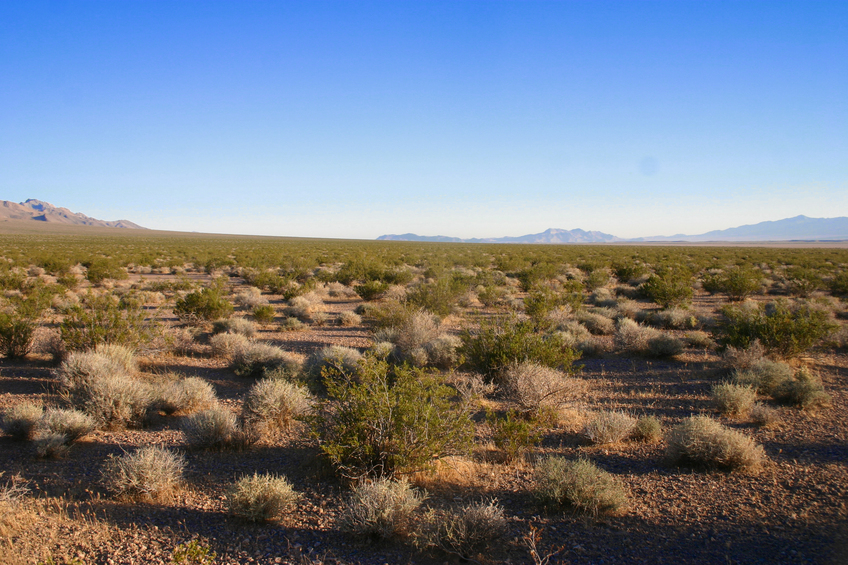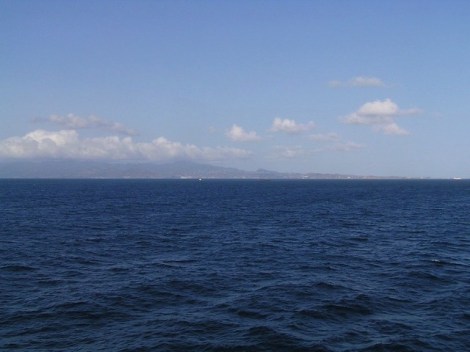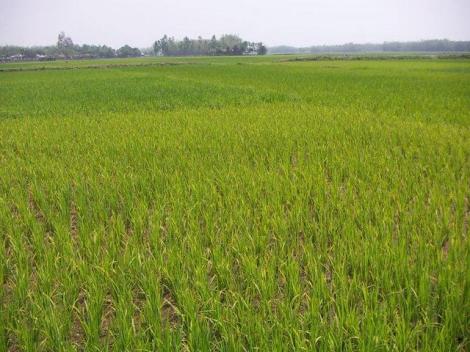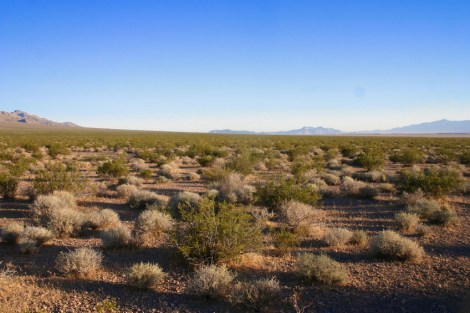Right now, you’re within 49 miles of a confluence, an arbitrary point on Earth where an imaginary line of latitude intersects with an imaginary line of longitude. And if you hop over there and take a picture of it, you can be part of a long-running project that aims to document “these conceptual intersections that are at once random and precise,” writes Emily Badger at FastCoExist.
It’s called the Degree Confluence Project, and although its volunteers have visited more than a third of the accessible confluence points, there are 10,166 out there waiting to be visited. That’s not even counting the ones in the middle of the ocean or up around the poles.
Often, they’re very beautiful:
Collectively, the images speak to the fact that you could drop a pin on most parts of the world and bump into hardly a soul there. Few of the pictures include any signs of human life. This also means that many of these places — on the side of a cliff, in the heart of a jungle, at the center of a lake — are not that easy to access.
But sometimes they’re “on the driveway of a private home with a for-sale sign out front” or in the middle of a rice paddy:
One of the best parts of the project is the stories people tell about their visits. One begins like this:
I was driving home after a family visit in Pahrump, and I took Old Spanish Trail home, with the intention of at least checking out the dirt/gravel road that heads out to this Confluence from the paved Trail. Sunrise had occurred about 20 minutes earlier, so the air was very cool, and the road looked in good shape, so I opted to give it a shot.
Here’s what they found:
Watching the sun lighting the tops of the Nopah Mountains just before sunrise was supremely beautiful. The numerous spider webs that stretch between plants tell of a thriving insect population … Many holes under bushes speak of larger animals: birds, snakes, mice, bats, rabbits, kit foxes, coyotes … We saw several kit foxes on the drive into Pahrump the night before, as well as bats and a coyote. Dull, barren and lifeless the American deserts are definitely *not*, and I hope to never get tired of visiting them.
Latitude/longitude confluences may be imaginary, but hunting them down can be a genuine path to the best of what the world has to offer.







